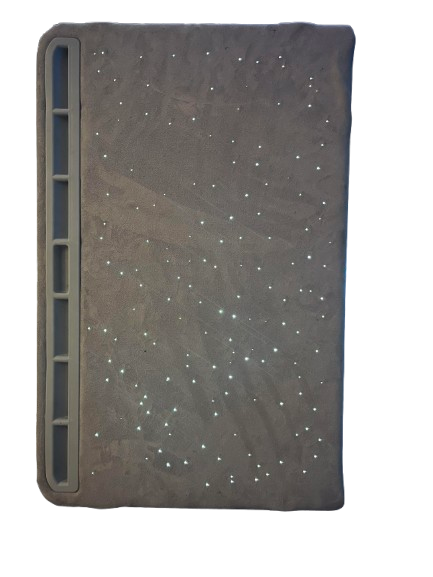Fiber Optic Wiring for Sunroof Panels – Preventing Pinch and Rollback Issues
Wiring fiber optic bundles into sunroof panels requires careful attention to detail to prevent common issues such as pinching and rollback. This guide will provide you with essential tips and techniques to ensure a successful installation.
🎯 Importance of Slack and Safe Routing
When wiring fiber optic bundles into a sunroof panel, especially in sliding or motorized systems, proper routing of slack is crucial:
- Prevent pinching in the track mechanism, which can lead to damage.
- Avoid fiber snapping or breakage during operation.
- Prevent triggering motor rollback detection due to added resistance from improperly routed fibers.
🔁 Sunroof Panel Retraction Behavior
Many motorized sunroof systems are designed to automatically retract if they sense obstruction or friction. This behavior is common in:
- BMW, Mercedes, and Genesis systems with auto-safety rollback features.
- Improperly routed or tensioned fiber bundles can trigger this safety mechanism, leading to unexpected retraction.
📦 Projector Placement Tips
The placement of the projector is critical for effective fiber optic installation:
- If the projector is mounted inside the headliner, the fiber bundle can be routed directly into the shade with slack in line.
- If the projector is mounted outside the headliner (e.g., in the trunk or pillar), use a cable sleeve or tubing for fiber protection.
- Route the fiber carefully through the roof cavity while retaining slack, and never cross near the sunroof track motor to avoid interference.
🔧 Practical Techniques
Here are some practical techniques to ensure a successful installation:
- Add 1.5 times the movement length of the sliding panel as slack in the fiber bundle to accommodate motion.
- Use low-tack tape or cloth wire harness wrap to prevent rattling and protect the fibers.
- Run the fiber alongside OEM wiring paths if available to maintain a clean installation.
- If possible, test the sliding motion of the sunroof before reinstalling the full headliner to ensure everything operates smoothly.
🚫 Risk Factors in Poor Routing
Improper routing of fiber optics can lead to several issues:
- Fibers getting pulled or pinched can cause visible light dimming or cutoff.
- Permanently damage the fiber bundle, leading to costly repairs.
- Break the sunroof or force it into auto-safety mode, causing operational issues.
Avoid running fibers near:
- Glass edges
- Sharp brackets
- Rollers or tension springs
🧠 Sunroof Panel Wiring Notes
When working with sunroof panels, consider the following wiring notes:
- Some panels require a fiber exit point on the sliding panel with slack looped into the cavity.
- Others may require you to remove the sunroof cassette, route the fiber, and then reinsert the panel.
- In the worst-case scenario, you may need to create a fake fiber optic panel on a static roof or use a separate projector for lighting.
🔍 Bonus Research-Based Tips
Here are some additional tips to enhance your installation:
- Use heat shrink tubing at the entry point of the fiber into the panel to protect against wear.
- Label fibers if multiple zones are routed into the sunroof for easy identification.
- Add grommets or cloth wraps at any friction points to prevent damage.
- Always test the open/close function of the sunroof fully before final installation to ensure everything operates correctly.

